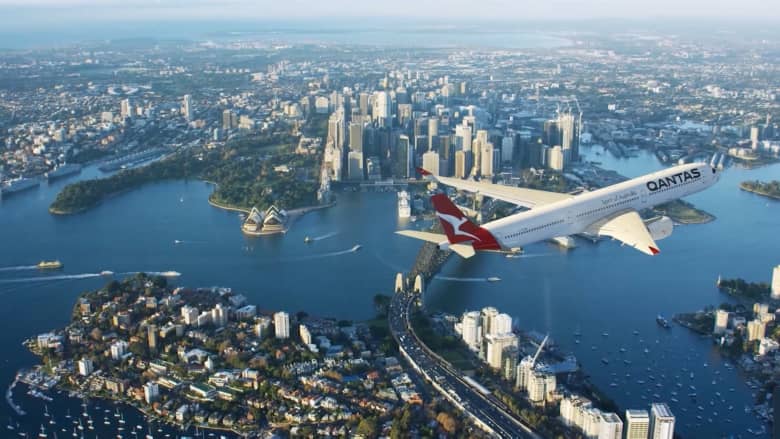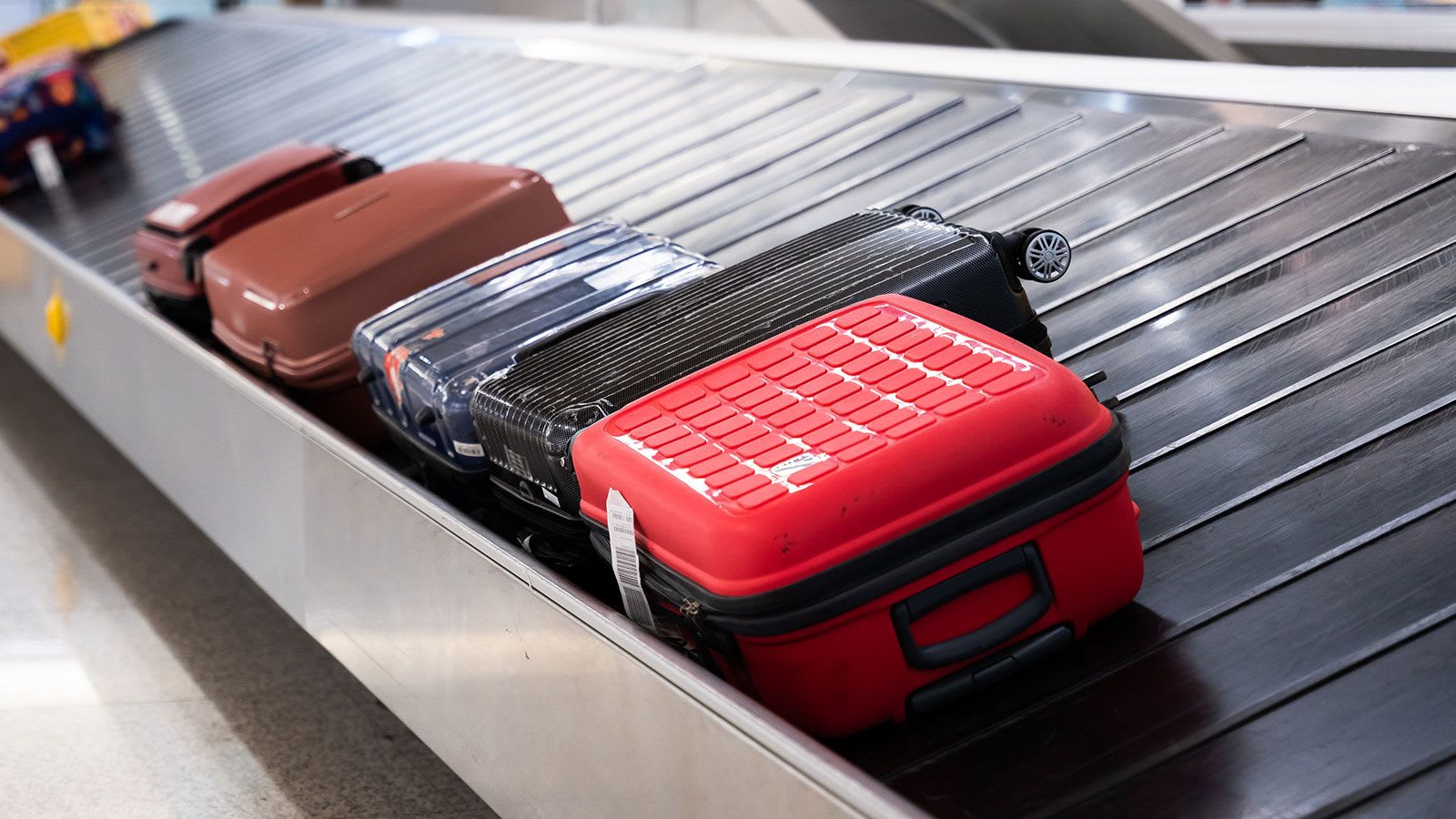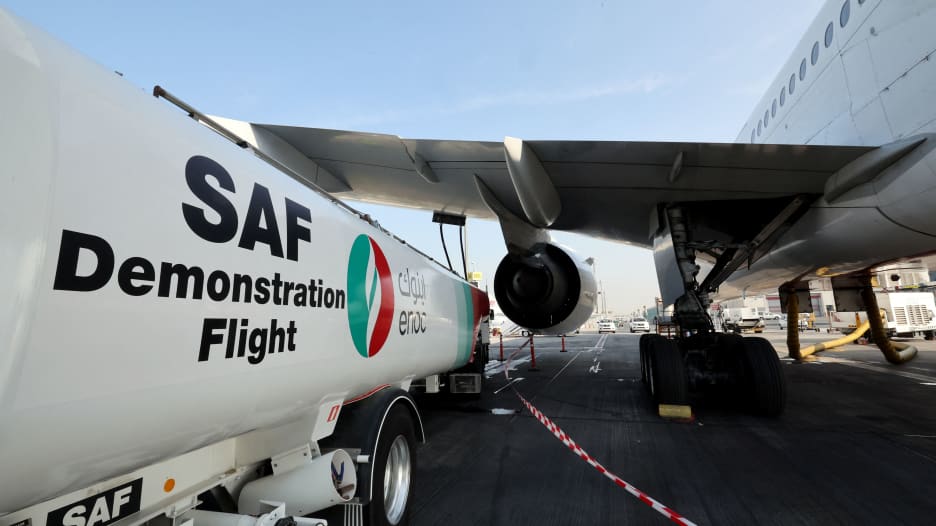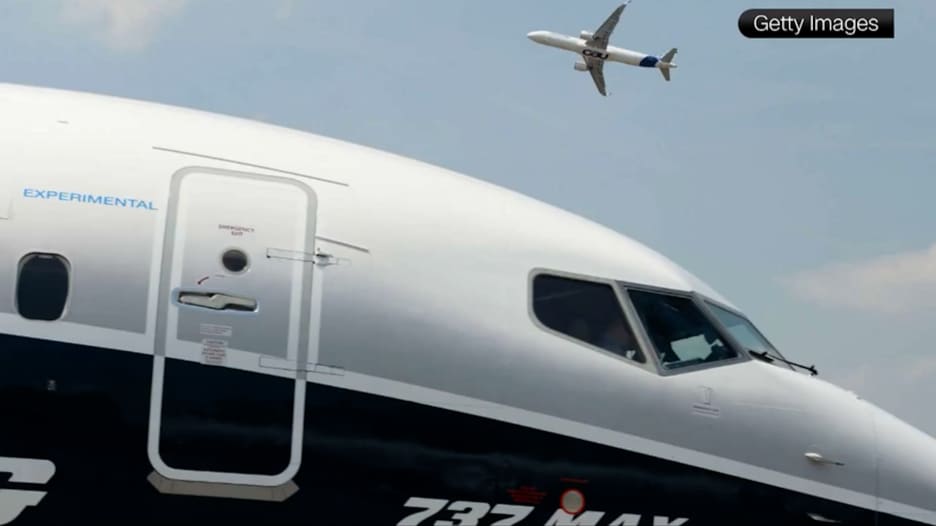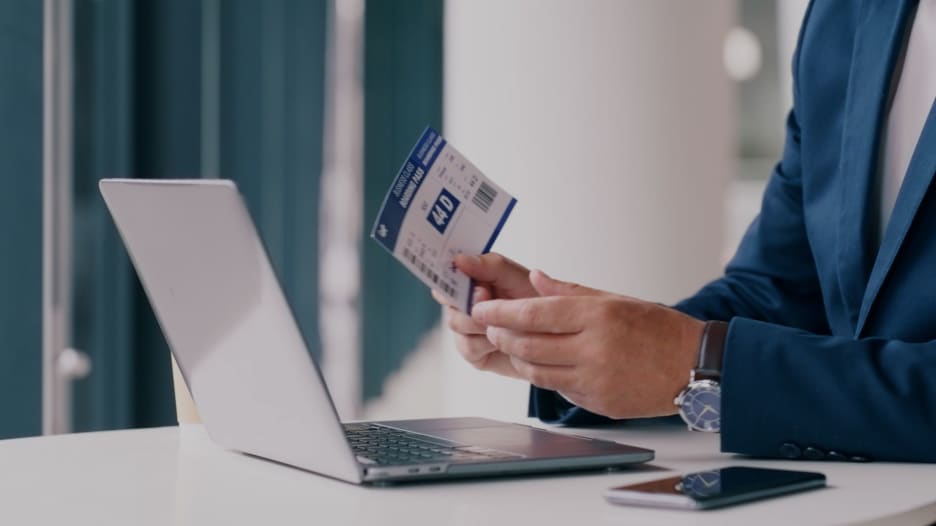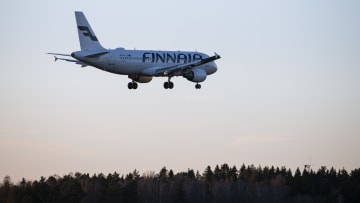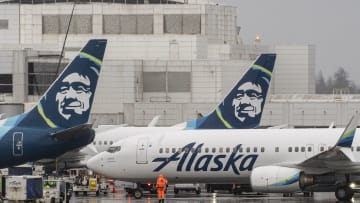دبي، الإمارات العربية المتحدة (CNN)-- سعّرت شركة طيران "يونايتد" تذكرة سفر ذهاب وإياب بين دنفر ودالاس، بـ91 دولارًا أمريكيًا، في أواخر مارس/آذار. غير أنّ تسجيل حقيبة واحدة بالاتجاهين تكلّف 80 دولارًا إضافيًا، أي ما يعادل كلفة الرحلة عينها تقريبًا.
وصلت رسوم الحقائب المسجّلة على متن الرحلات الجوية إلى مستويات قياسية، ويرى خبراء الطيران أنّها تشكّل إيرادات مُربحة لشركات الطيران، ووسيلة لتجنّب الضرائب.
وفي الأسبوع الماضي، أعلنت شركة الخطوط الجوية الأمريكية أنّها رفعت رسوم الأمتعة بمقدار 5 دولارات! وستتقاضى 40 دولارًا أمريكيًا من العملاء الذين لا يدفعون مسبقًا عبر الإنترنت، و35 دولارًا أمريكيًا إذا قاموا بذلك.
كما أعلنت شركات طيران أخرى، ومنها "يونايتد"، و"جيت بلو"، وخطوط ألاسكا الجوية عن رفع الرسوم هذا العام.
وقد يخال المسافر أنّ الرسوم المفروضة على الأمتعة موجودة منذ فترة طويلة، إلا أنها ظاهرة جديدة نسبيًا.
ففي عام 2008، كانت الخطوط الجوية الأمريكية أول شركة طيران أمريكية كبرى تفرض رسومًا على العملاء مقابل تسجيل حقيبة، وكان قدرها حينها 15 دولارًا.
وتعتبر رسوم الحقائب عبى نحو منفصل عن كلفة بطاقة الطيران، خطوة تعرف باسم "التفكيك"، وهي وسيلة معتمدة لنقل جزء من السعر من الكلفة الأساسية لتذكرة الطيران وبالتالي تخفيض رسوم الضرائب، وفق غاري ليف، الخبير في صناعة الطيران ومؤسس موقع السفر View from the Wing.
وتخضع تذاكر الطيران المحلية لضريبة الإنتاج الفيدرالية، وقدرها 7.5%، لكن هذه الضريبة لا تسري على رسوم شركات الطيران.
لذا يمكن لشركة الطيران توفير 75 مليون دولار من الرسوم الضريبية من إيراداتها البالغة مليار دولار بواسطة الرسوم التي تفرضها على حقائب السفر المحلي.
كما تُعَد رسوم الحقائب مصدرًا ضخمًا لإيرادات شركات الطيران، ففي عام 2022، وهو آخر عام هذه البيانات كانت متاحة، جمعت شركات الطيران 6.8 مليار دولار من رسوم الأمتعة، بحسب وزارة النقل الأمريكية.
وقال هنري هارتفيلدت، رئيس شركة صناعة السفر Atmosphere Research Group: "ترفع شركات الطيران رسوم الحقائب بسبب ارتفاع تكاليف العمالة من ناحية، ولأنها ترغب بلك من جهة أخرى، ولأنّها تستطيع القيام بذلك".
ارتفاع في الناقلات منخفضة التكاليف
ظهرت الرسوم المفروضة على الحقائب لأوّل مرّة جراء التحديات التي واجهتها صناعة الطيران، وصعود نجم الناقلات منخفضة التكلفة.
وعزت شركات الطيران في عام 2008، فرض رسوم الأمتعة إلى أسعار الوقود القياسية آنذاك.
وبعد تطبيق رسوم الأمتعة الجديدة، أعلنت شركات الطيران عن زيادة قدرها 7 أضعاف في إيرادات رسوم الأمتعة، مع قفزها من 464 مليون دولار في عام 2007، إلى 3.4 مليار دولار في عام 2010.
وكان فرض رسوم الحقائب أيضًا بمثابة استجابة لظهور شركات الطيران منخفضة التكلفة مثل خطوط "سبيريت" في الولايات المتحدة وخطوط "ريان إير" في أوروبا.
ماذا عن حظر الرسوم؟
تُصعّب الرسوم المفروضة على الأمتعة، وحجز المقاعد، وغيرها من الجوانب على العملاء مقارنة الرحلات الجوية، وتحديد أرخص الأسعار.
سمح هذا لشركات الطيران زيادة إيراداتها مع خفض سعر تذكرة الطيران الأساسي.
وبعد تطبيق رسوم الأمتعة، انخفضت أسعار تذاكر الطيران الأساسية بحوالي 7 دولارات، ولكن السعر الكامل للسفر (سعر تذكرة السفر الأساسي ورسوم الأمتعة) ارتفع بشكلٍ عام، وفقًا لما توصّلت إليه دراسة أُجريت في عام 2015.
وفي عام 2011، اقترحت السيناتورة السابقة، ماري لاندريو، منع شركات الطيران من فرض الرسوم على أول حقيبة مسجلة، لكن مشروع القانون فشل.
ويعتقد الخبراء ب أنّ إلغاء رسوم الحقائب قد يأتي بنتائج عكسية.
إذ يرجّح أن ترفع شركات الطيران الكبرى أسعار تذاكر الطيران والخدمات الأخرى.
وأوضح ليف "أنّه يقوِّض نموذج الأعمال لشركات الطيران منخفضة التكلفة للغاية مثل سبيريت وفرونتير، التي تساعد في الحفاظ على أسعار تذاكر الطيران لدى شركات النقل الكبرى تحت السيطرة".
واقترحت وزارة النقل العام الماضي، قاعدة تُلزم شركات الطيران بالكشف عن الرسوم المفروضة على تسجيل الأمتعة، وتغيير التذاكر، ومقاعد الأسرّة في المرة الأولى التي تُعرض فيها تذكرة الطيران، ما يسمح للعملاء بمقارنة الأسعار بسهولةٍ أكبر.
وقال وزير النقل، بيت بوتيغيغ: "هذه القاعدة الجديدة المقترحة ستطالب شركات الطيران أن تكون شفافة مع العملاء بشأن الرسوم التي تفرضها، الأمر الذي سيساعد المسافرين على اتخاذ قرارات مستنيرة، وتوفير المال".
ولكن يعتقد ليف أنّ هذه الخطة خطوة صغيرة نسبيًا، وبدلاً من ذلك، ينبغي فرض ضريبة على الرسوم الإضافية بالمعدل ذاته لضريبة سعر التذكرة.
